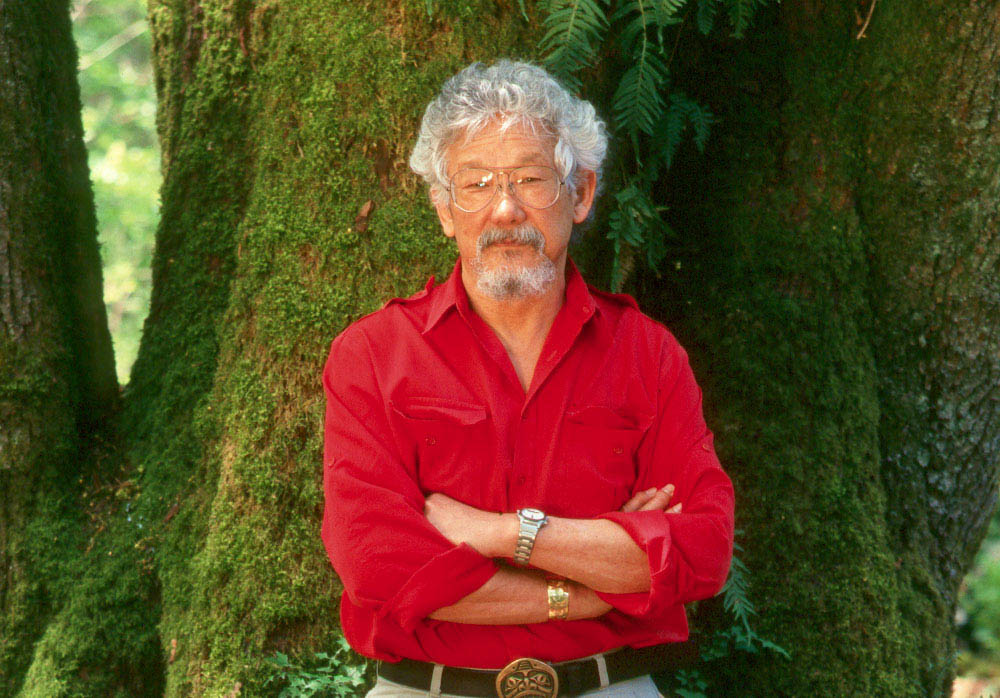Canada’s recent greenhouse gas inventory shows climate policies are working — but we still face major hurdles.
On the positive side, overall emissions have been declining, despite a smaller-than-expected post-pandemic increase. On the negative side, oil and gas and transportation sector emissions are rising. And plans to expand gas power generation, especially in Alberta and Ontario, are undermining progress in the necessary shift to clean electricity.
Under the United Nations Framework Convention on Climate Change, countries must submit standardized annual inventories of emissions from a range of sources. Canada’s recent inventory, examining data from 2021, shows emissions have dropped by 8.4 per cent from 2005, despite a 1.8 per cent increase over 2020, remaining 7.4 per cent below 2019’s pre-pandemic levels. Policies that have driven improvements in electricity generation, home heating, energy efficiency, industrial processes and structural economic changes have contributed to declines.
Unfortunately, oil and gas industry emissions — which make up 28 per cent of our current annual greenhouse gas emissions — continue to rise. They grew by four per cent (four megatonnes) in one year alone, from 2020 to 2021. Transport emissions grew by five per cent (nine megatonnes). The transport increase was partly from a spike in travel as the pandemic eased, but was also fuelled by increased truck and SUV sales.
To meet its international commitments and help keep global heating from reaching catastrophic levels, Canada must focus hard on these sectors. Policies and regulations are working in other areas. There’s no reason to let the most polluting sectors get away with not doing their share.
To begin, Canada should impose a hard cap on allowable emissions from the oil and gas industry that will decline over time. This is especially needed to tackle oilsands emissions, which were the highest ever recorded in 2021, in line with record production and profits. It’s important to note that emissions counted are only from operations and not the far greater and more serious ones from burning the fuels where they’re exported! A cap would at least limit the amount of emissions the industry is allowed to release into the atmosphere during extraction and processing.
We also have to stop letting government and industry get away with highlighting distracting measures such as “emissions intensity,” which, as the Tyee points out, “refers to the amount of greenhouse gases emitted per unit of production” and doesn’t offer a true picture of the rising emissions as production increases.
Despite record profits and lucrative executive compensation packages, the industry has invested little to no money to bring its excessive emissions under control — other than reducing some methane emissions, as regulations require. Ultimately, we need to phase out production, not just emissions.
Tackling transport emissions is up to government, industry and people. We need to stop buying and driving unnecessary SUVs and trucks. Most are used where smaller cars would serve as well and are rarely for work purposes. Many argue that advertising for all fossil-fuelled vehicles, especially trucks and SUVs, should be banned. To ensure the vehicles we use are primarily electric, government needs to proceed with proposed standards for zero-emission vehicle production and sales. Investments in public transit and infrastructure for active transportation such as cycling are also critical.
We also need to step up progress in electrification and clean electricity generation — one area where there’s reason for optimism. In 2021, emissions from electricity generation were less than half of what they were in 2005. We must continue to shift to renewable electricity sources, improve energy efficiency and build more interprovincial transmission.
A David Suzuki Foundation report shows that 100 per cent clean electricity by 2035 is feasible even without relying on expensive technologies that take a long time to build, such as nuclear and carbon capture and storage. It also means not relying on fracked gas for power.
Volumes of research show all this is possible and cost-effective, and will lead to more affordable energy bills, while failing to do so will cost far more and will lead to disaster.
Canada’s government says it is committed to reducing greenhouse gas emissions to 40 to 45 per cent below 2005 levels by 2030. Despite some positive trends, the inventory shows that we can and must go further. It’s doable. Let’s give’r!
David Suzuki is a scientist, broadcaster, author and co-founder of the David Suzuki Foundation. Written with contributions from David Suzuki Foundation Senior Writer and Editor Ian Hanington.







